Last updated on 2025-10-01
A review and photo examples of the Voigtlander Color Heliar 75mm F2.5 used with the SONY α7Sii and SONY α900.
- Please see the disclaimer regarding advertising here.
- Italicized links in the text are advertisement links that take you to other sites.
Table of contents
Gallery
The examples were taken with the SONY α900 and SONY α7sII.
Review
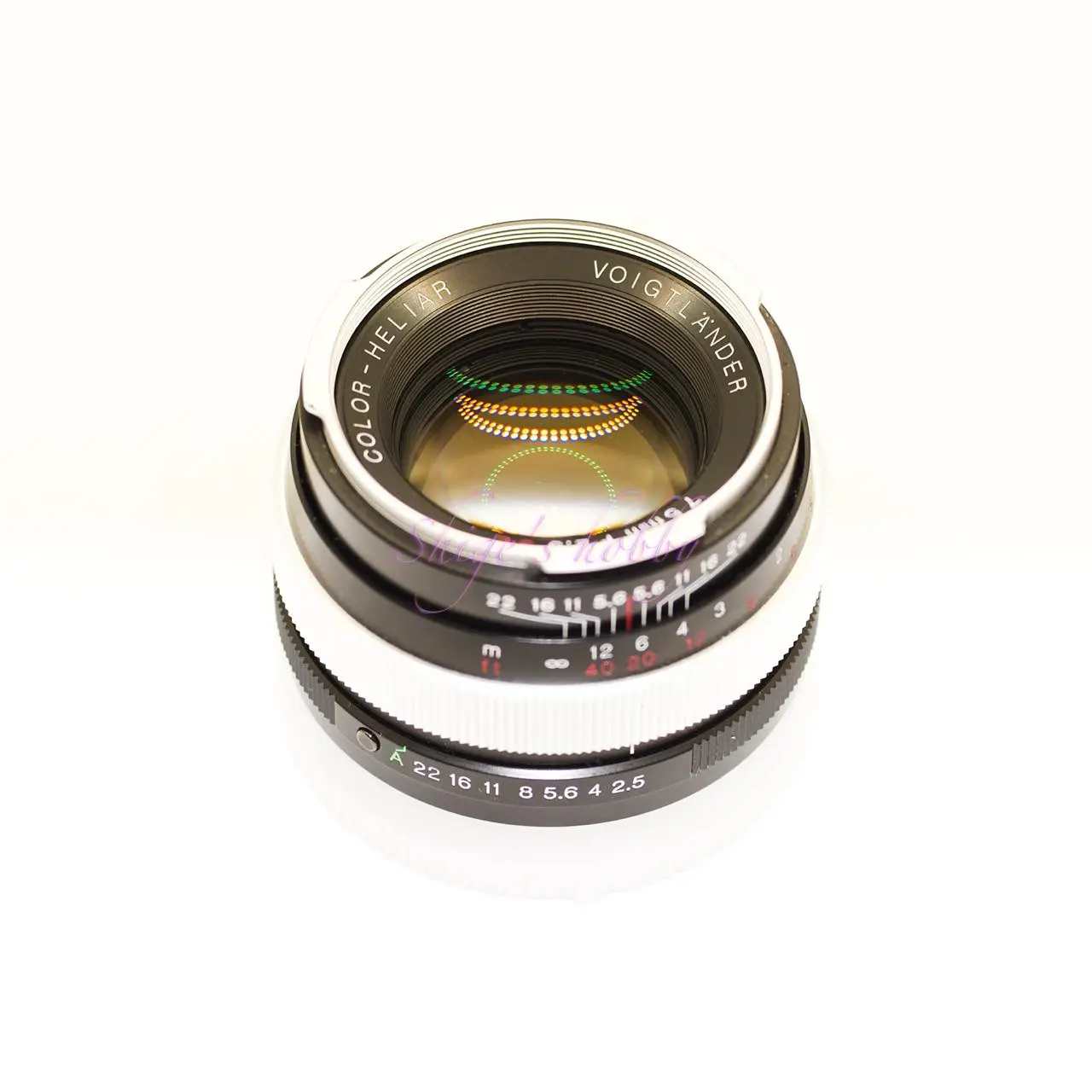
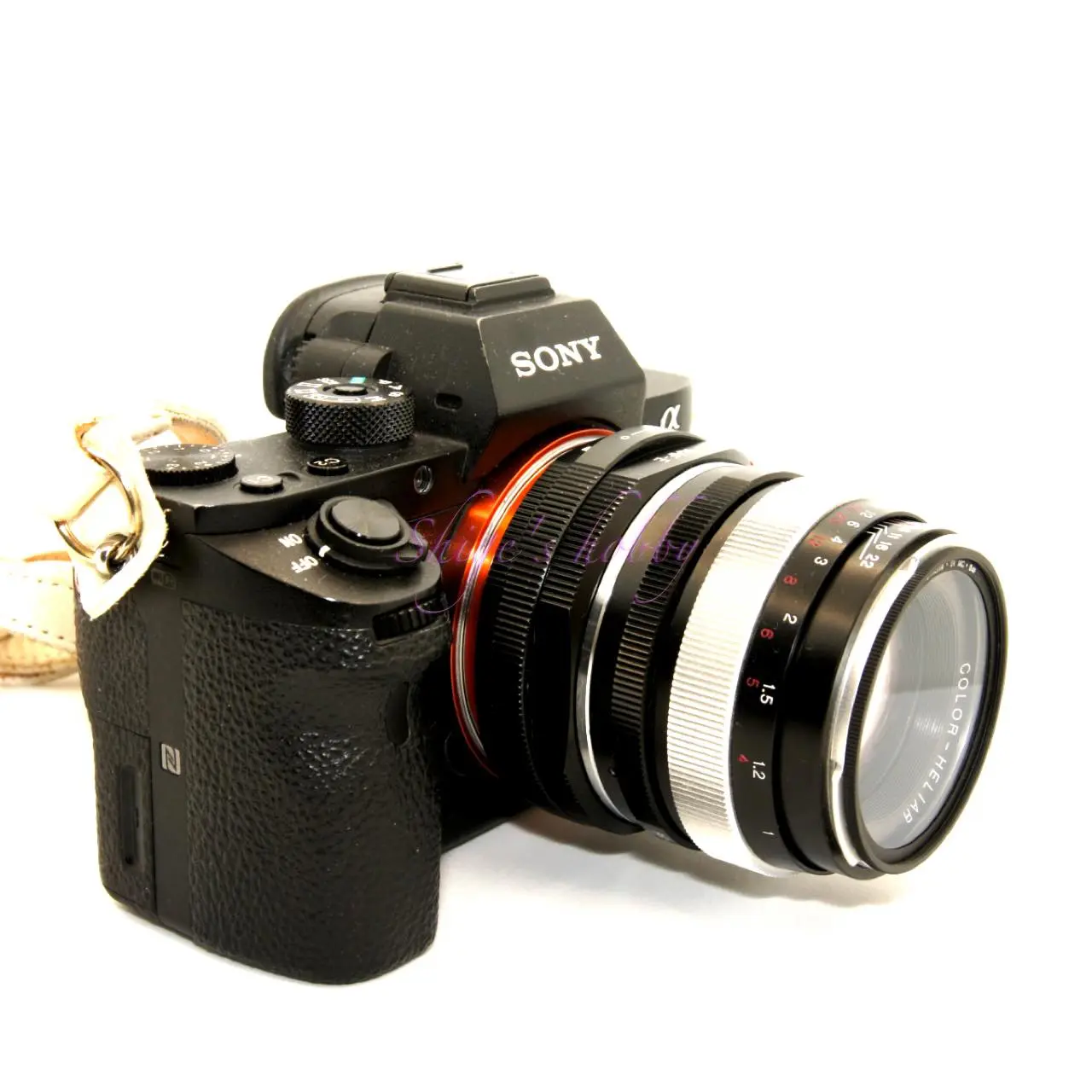
1.Overview
The Voigtlander Color Heliar SL is a 75mm focal length SLR lens.
It has 6 elements in 5 groups, a minimum focusing distance of 0.7m, a filter diameter of 49mm, and is screwed onto the front of the lens.
Lens hoods are available separately in the form of a square LH-75 bayonet-type lens that can be used with the Apollanther 90mm and Apollanther 180mm, and a cylindrical LH-75S lens.
The SLR version of the Color Heliar 75mm has the same lens configuration as the L39 screw mount version, but the minimum focusing distance of the SLR version is 0.7m, so it can be closer, and because the flange back is longer, it can be used with other mount cameras via various mount adapters.
As the most versatile lens, if you have the M42 mount version, you can use it with EOS, PENTAX, SIGMA, Yashica CY mount, etc. via a mount adapter.
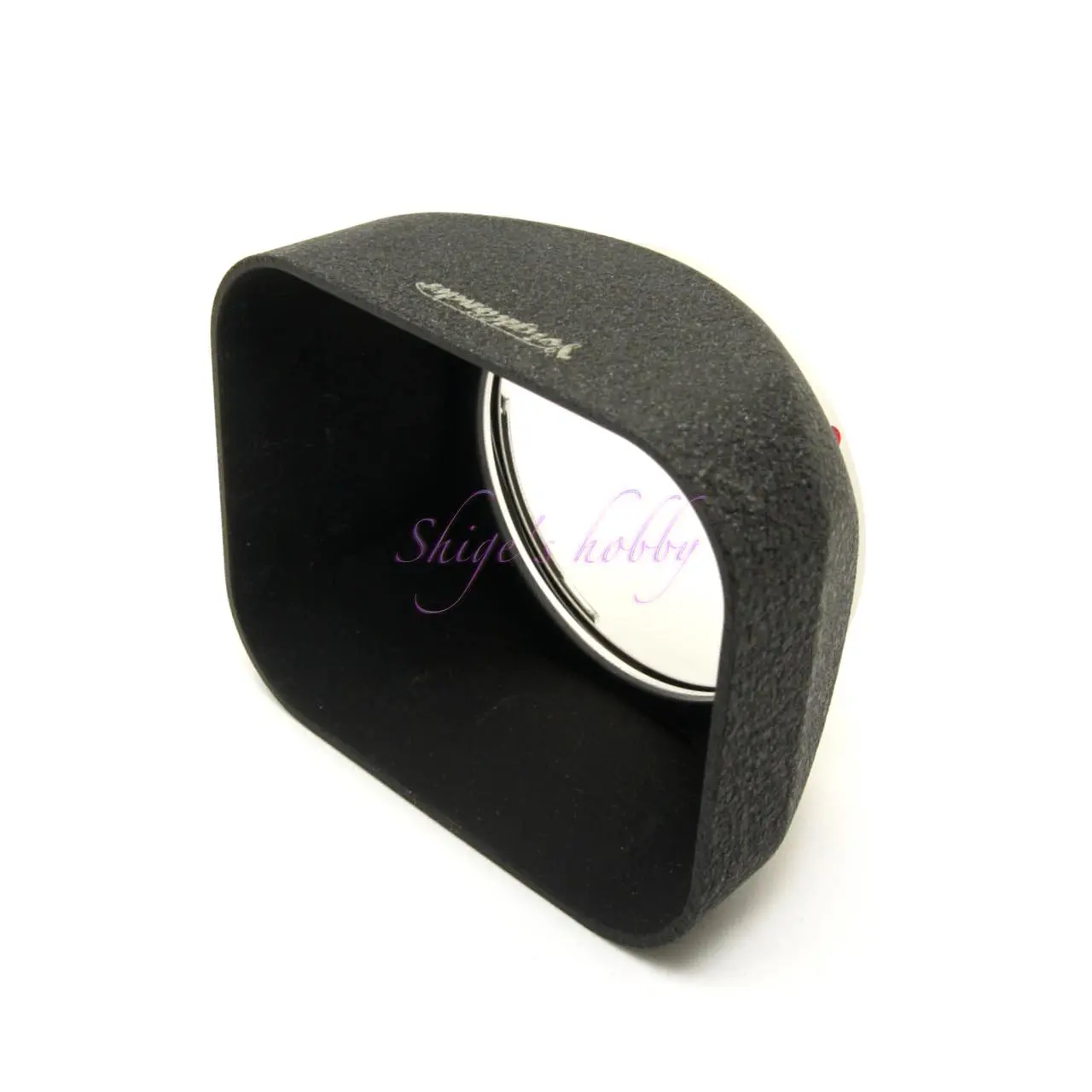
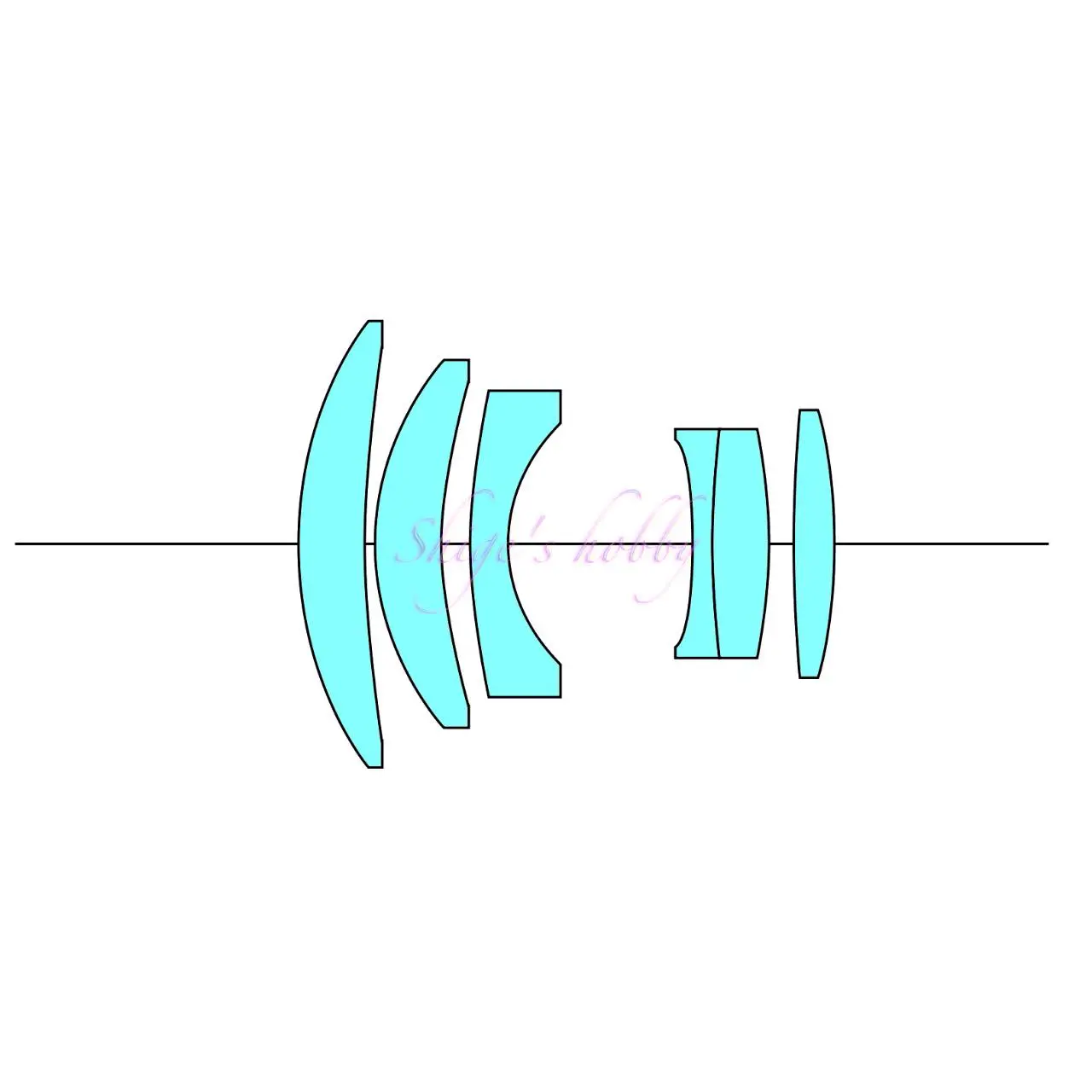
2.Usability
The Voigtlander Color Heliar SL has a sharp image even at full aperture, and the peripheral areas are well rendered, and the bokeh in front and behind is not bad, so I don’t really understand why it is not popular, but it is a lens that I personally use.
The Color Heliar SL 75mm is not popular among Voigtlander SL lenses, and although there are few of them on the used market, the price does not rise.
There are almost no lenses with a focal length of 75mm for single-lens reflex cameras, and even if you look, you will only find Russian cine lenses and lenses for the Pentax 645. As for the closest focal length, Pentax sells a 77mm K-mount lens, and Sigma sells a 70mm lens, which is a rather tricky focal length. Due to the high performance of zoom lenses, prime lenses have been out of favor, but I can’t help but hope that unique prime lenses will continue to be sold in the future.
I purchased the PENTAX-K mount version of this lens, but after removing the aperture pins, I used it with the Sigma SD9 and SD10. Details are written on the SD9 and SD10 pages, but the mount shape of the Sigma SA mount is the same as that of the Pentax K, so the lens can be attached to the camera if there are no unnecessary protrusions. The flange back of the SA mount is 1.5 mm shorter, so it becomes infinity at about 6m, and close-up performance decreases. When the SD9 and SD10 were released, Sigma SA mount lenses were rare on the market, and I was running around looking for lenses that could be used with the camera. If the difference in flange back was acceptable, it was important to attach it to the camera first, and Pentax K mount lenses, which have the same shape as the SA mount, were valuable.
The decrease in close-up performance due to the difference in flange back can be compensated for by using an extension tube, and since other companies’ lenses can be used from infinity, I enjoyed shooting with them attached to the SD9 and SD10.
As expected, this was the only lens that I modified the mount part of, and I used M42 screw mount lenses via K-M42 adapters and SA-M42 adapters for the rest. Because this lens has a modified mount, I can’t sell it second hand, so when I got my hands on a Sony α900, I took the α mount connecting parts from a junk lens, modified them, and bolted them to the lens to convert it to a Minolta α mount, which I’m still using today.
There are basically no problems with operation, but what bothers me personally is that the focus ring rotates counterclockwise, which is the opposite of the Leica R mount lenses, which I often use as manual focus (MF) lenses.
With autofocus lenses, I don’t use MF that much so the direction of rotation of the focus ring doesn’t matter, but with MF lenses, it’s the main focus of the shooting operation, so I’m careful not to carry lenses from different manufacturers that rotate in different directions at the same time.
3.Summary
In conclusion, to sum up the Voigtlander Color Heliar SL, as a medium telephoto lens, it is only compact, but the image quality is not close and the resolution is not sharp. It is a lens that is so flawless that I don’t understand the motivation to take it with me.
Specification
This lens is less popular than the Apollanther 125mm in the same series, and seems to have a lower market evaluation.
It has also been excluded from renewal by Cosina, the manufacturer, and no successor lens to this lens has been released for the SL series alone.
This is in contrast to rangefinder lenses with the same focal length of 75mm, which have been released with the same lens configuration, from the Color Heliar F2.5 to the Heliar Classic F1.8, Nokton F1.5, and Ultron F1.9.
| Items | COLOR HELIAR | APO LANTHAR |
| Focal length(mm) | 75 | 90 |
| Max aperture | 2.5 | 3.5 |
| Min aperture | 22 | ← |
| Leaf blade | ← | ← |
| Lens Construction | ← | ← |
| Min distance(m) | 0.7 | 0.5 |
| Lens length(mm) | 40.2(Ais) | 57.6(Ais) |
| Max diameter(mm) | ← | ← |
| Filter Size(mm) | 49 | ← |
| Weight(g) | 250 | 390 |
| Release date | 2000.07 | 2002.03 |
| Price(Yen/No-tax) | ¥50,000 | ¥55,000 |
- The following is a list of early COSINA / Voigtlander brand lenses for SLR cameras. Two lenses, 15mm and 12mm, are excluded from the table below because they are special lenses that are used with the mirror up.
Reference links
- Voigtlander-SL-product-PDF
- ULTRON40
- COLOR HELIAR75
- APO LANTHAR90
- Macro APO LANTHAR125
- APO LANTHAR180
Afiliate Link
- Voigtlander Lens・Ads by Amazon
- Voigtlander Books・Ads by Amazon

Amazon Prime Sale
Update history
- 2024.12.2
- 2024.03.29:modified article
- 2023.11.06:firest post

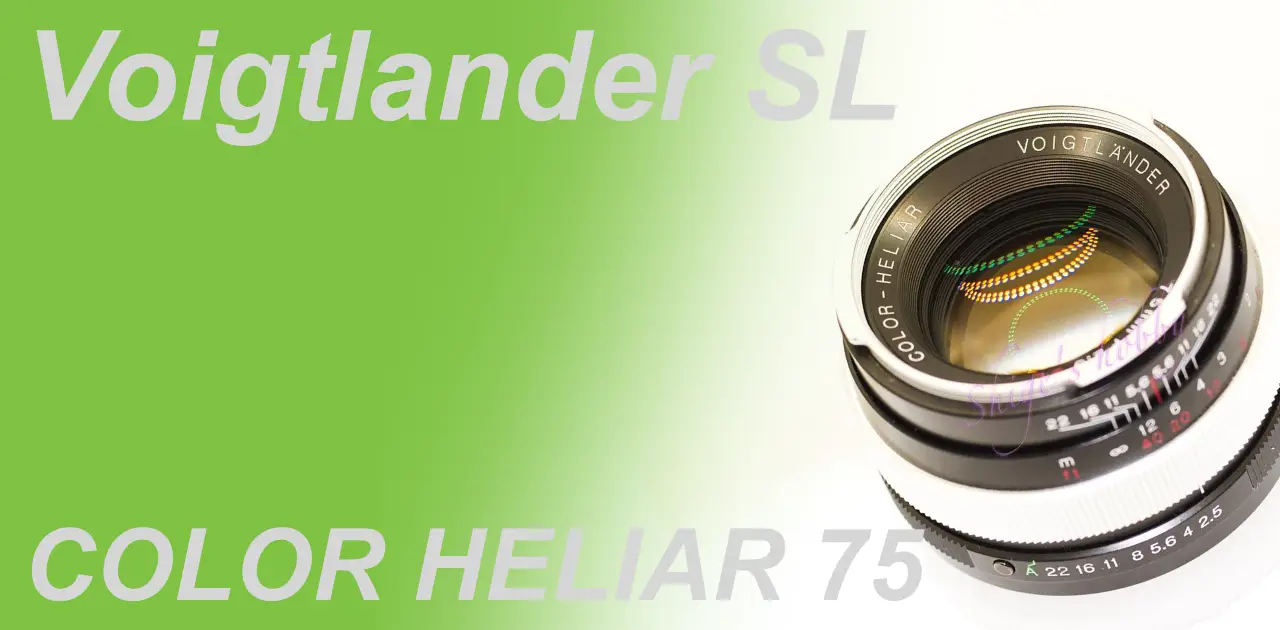

Be First to Comment